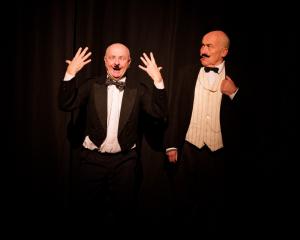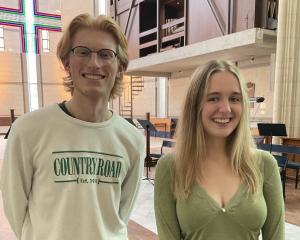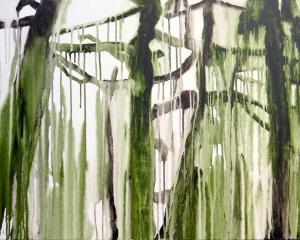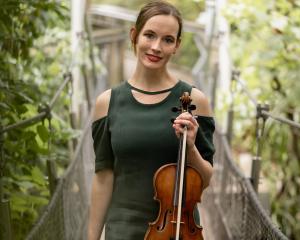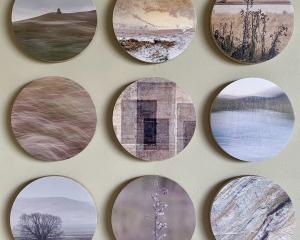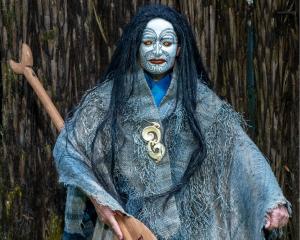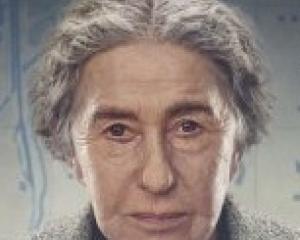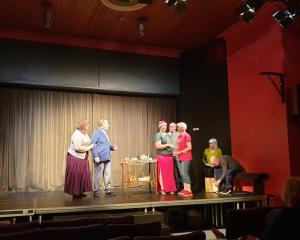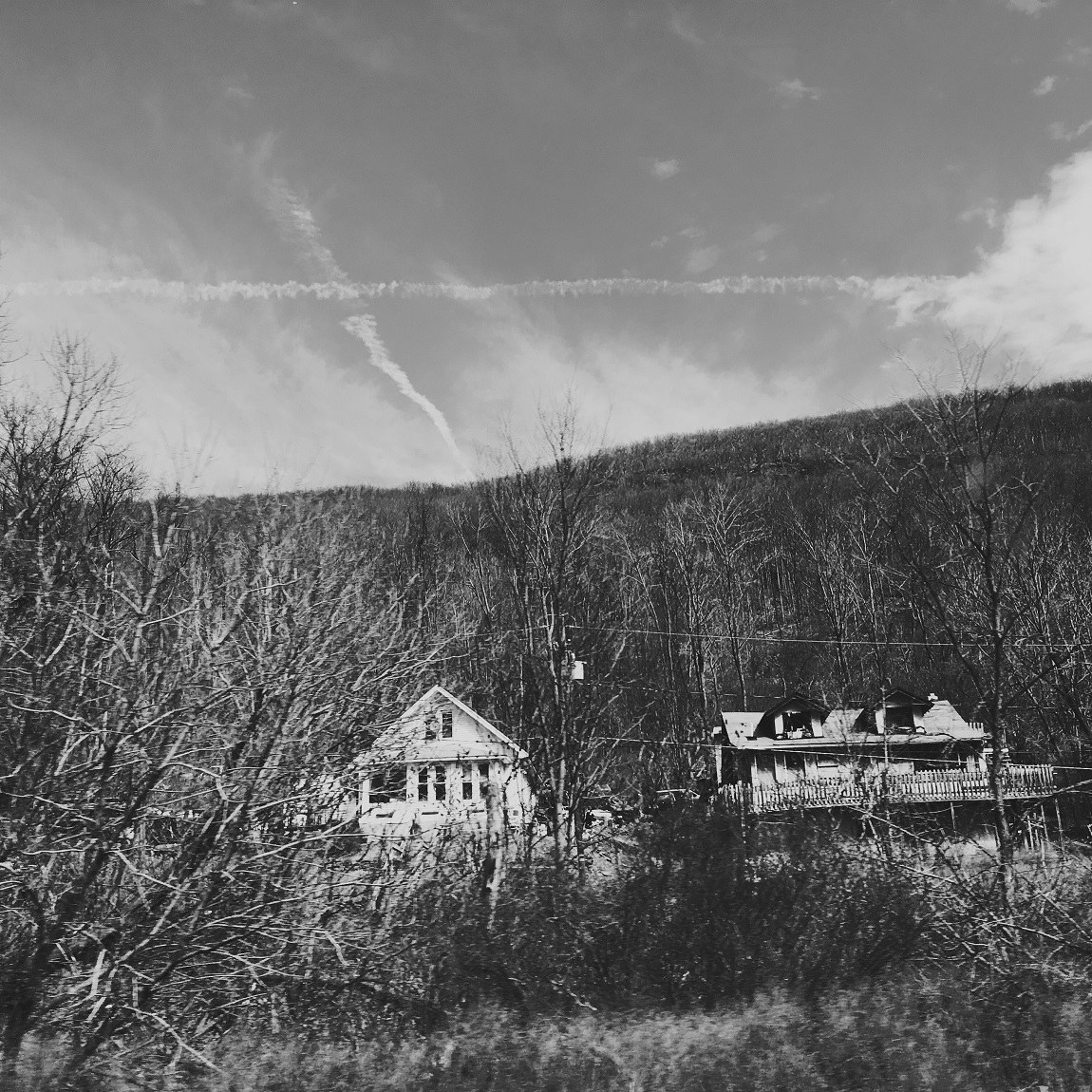
(Fe29 Gallery)
The title of this exhibition, "Just Like the Movies", refers to the artist’s experience of narrowly escaping a harrowing icy motorway pile-up on the way to Niagara in 2016. Drawn from that time at Niagara, this body of work is a poetic meditation (photojournalist style) that encapsulates a range of contrasts: the sublime Niagara Falls; visible corruption observed in the "Rust Belt" New York side of Niagara Falls; forest fire damage; and indoor settings of the George Eastman Museum, apparently the world’s oldest photography museum, in Rochester (near Niagara Falls). There is a timeless quality to Rachel Hope Allan’s photography and this series is intellectually and compositionally astute.
Allan writes poignantly of her visit to Niagara in an accompanying essay (alongside another text by Mark Bolland), essential reading to support an understanding of the artist’s conceptual musings and aesthetics. George Eastman, the film Niagara (1953) starring Marilyn Munroe and Kiska, an orca that was held in captivity without social interaction with other marine life, are narrative focal points (Kiska’s death earlier this year was the catalyst for Allan’s return to this body of work, in memoriam it seems). These elements are thematic lenses through which to view Allan’s gritty and elegant approach to a desolated landscape and a natural wonder of the world.
![[Bellbird/Korimako] (Undated) by Katy Moanamika (Hawke’s Bay).](https://www.odt.co.nz/sites/default/files/story/2023/11/bellbird_indx_exhibition_1.jpg)
(Tūhura Otago Museum)
iNDx stand for identity (i), neurodivergent or neurologically "not typical" (N) and the abbreviation for a medical diagnosis (Dx). iNDx Autistic Arts & Culture Aotearoa and Tūhura Otago Museum have partnered again for this two-yearly exhibition, and this year there are 30 exhibiting artists. Art as a platform for visibility and awareness is a significant intention for the exhibition, but it also represents a real breadth of artistic practice and experience.
Each artist has been allowed the opportunity to exhibit their work as they like. For example, some artists include detailed biographies and accompanying wall texts, while other artists have let their work speak for itself. This variability has been celebrated by the organisers and curators as a way of upholding and respecting the autonomy and identity of the artists.
From towering chalk pastel fingerprint drawings by Tom Fox, to world-building illustration and animation work by artists such as Talah Alqahtani and Eli McConaughy, subject matter and artistic endeavour range far and wide. A number of the artists are from Ōtepoti Dunedin’s Studio2, a "supportive space where people can explore their creativity through a variety of processes and mediums". Other artists hail from further afield. Altogether, "iNDx: Art Exhibition" is a celebration of style and achievement.
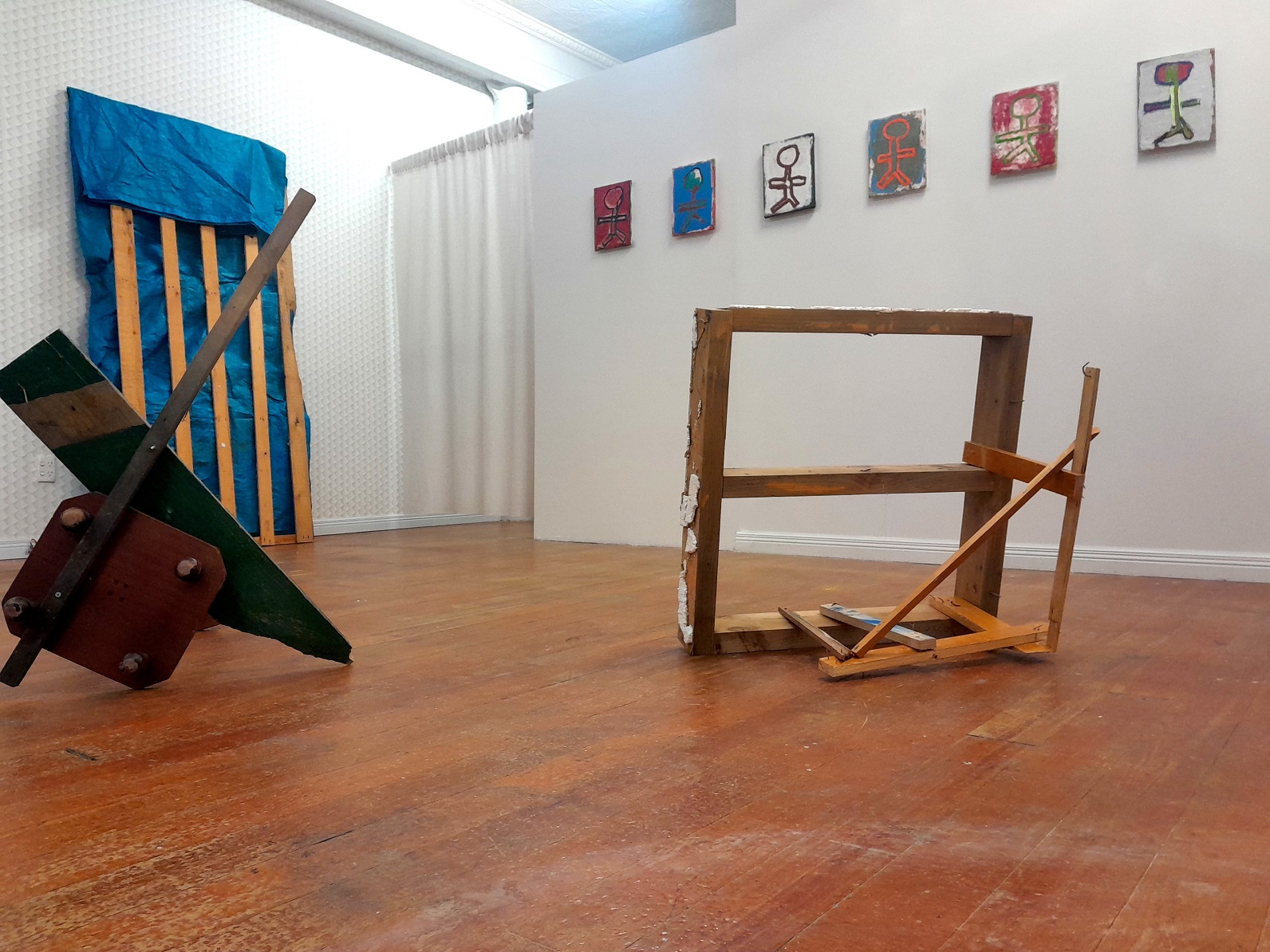
(New Lands: Gallery and Project Space)
Christchurch-based artist Gareth Brighton works in paint and sculpture with a direct emphasis on found materials. The artist uses recycled clothing for painting supports and the sculptural work on show was made from collected items, in this case gathered on the way to the Carnegie Centre in Moray Pl (the location of New Lands: Gallery and Project Space), from the Dunedin School of Art.
Abstract and figurative motifs are dynamically layered, and each painting is a variation on a theme. The ubiquitous stick figure appears to be a sign and symbol for the one and the many (or collective and individual experience). The work Figure Head (2023), for example, is an expression of this idea. Other titles refer to universal and personal human experiences, states of mind or emotion, or dynamic moments in time.
The surface texture and depth of these works, with their undulating ridges and creases of fabric and paint, offer key visual focal points. There is also a bold sense of play in colour and composition. Brighton’s colour palette is a considered approach to the jarring and the vibrant. The installation work is both refined, in a formal compositional sense, and playful, with the occasional element of humour or animation in small found-object children’s toys, for example.
By Joanna Osborne

